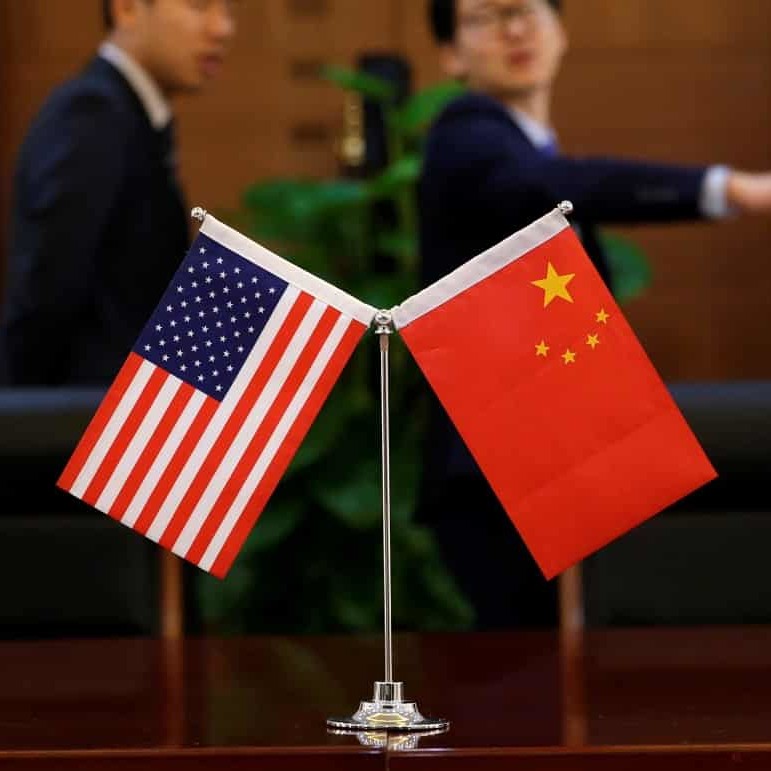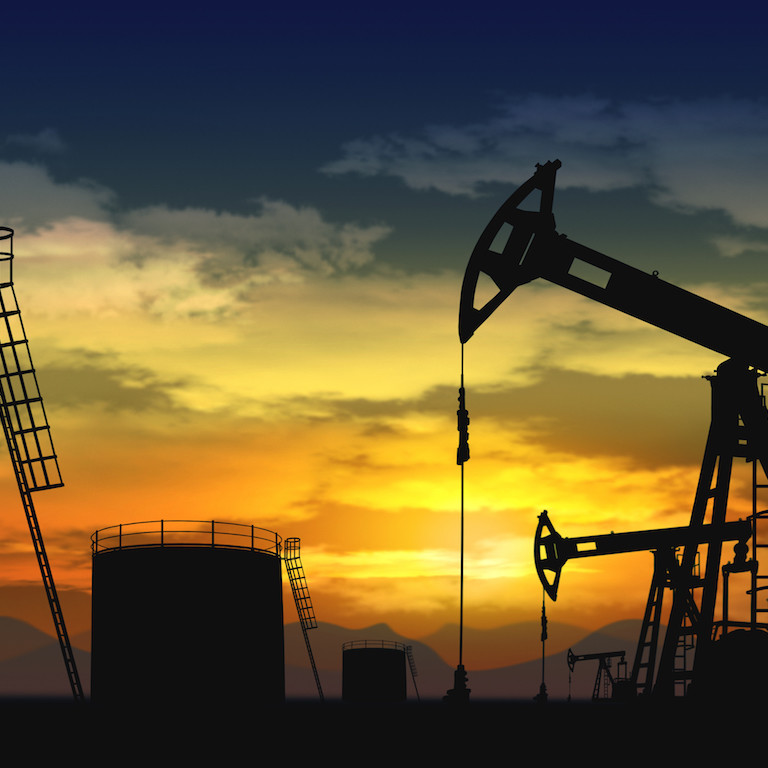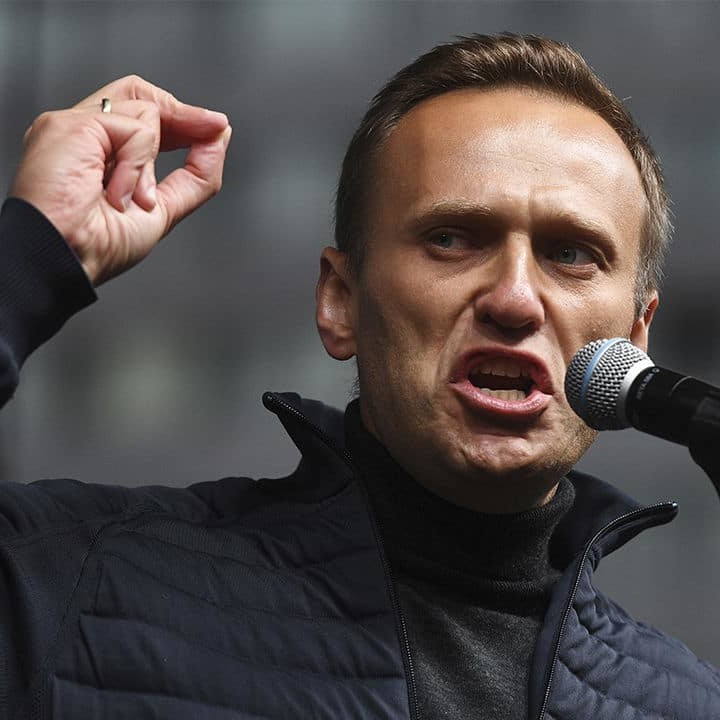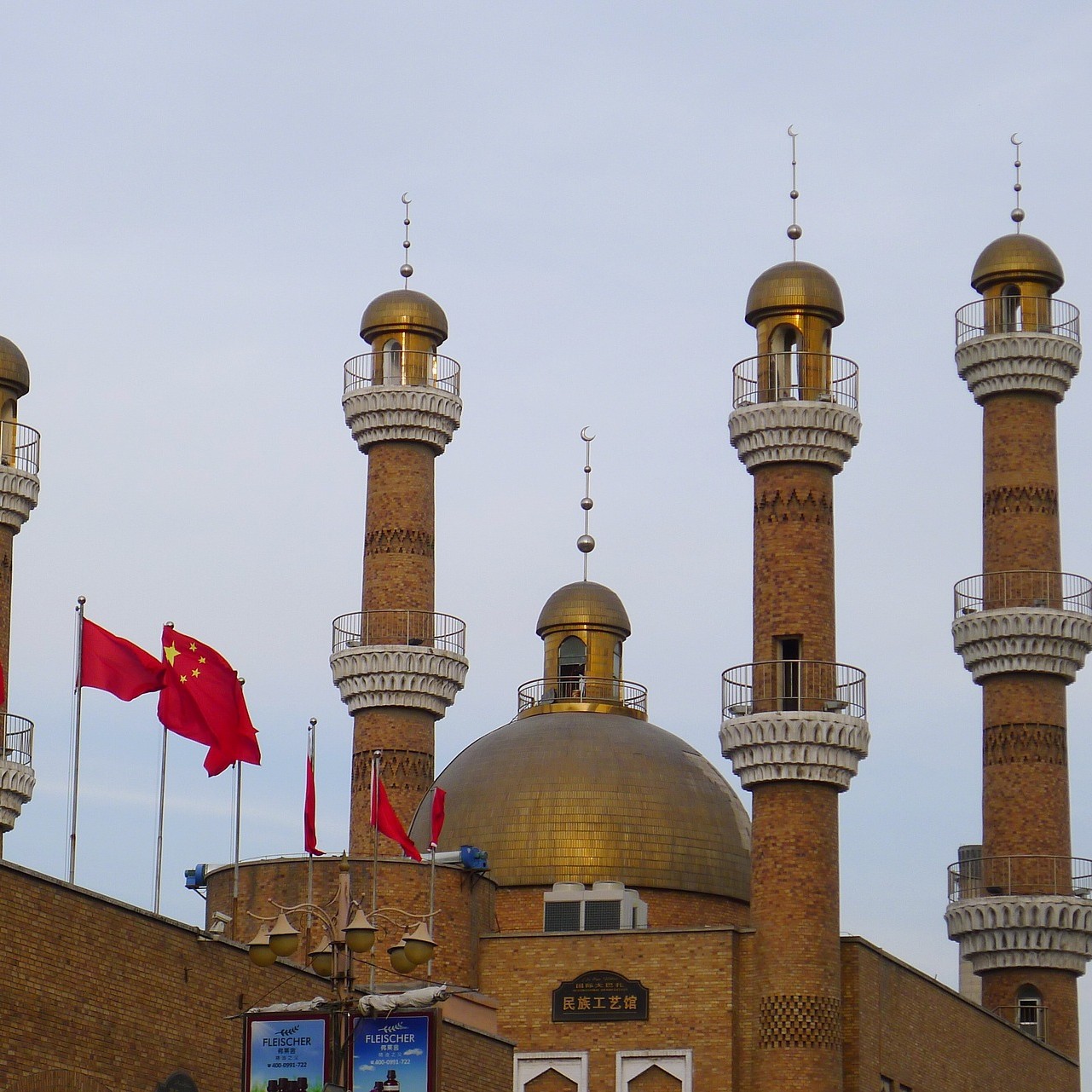On Tuesday Taiwanese president Tsai Ing-wen announced she will run for office again in 2020. Her bid to the presidency comes amidst growing hostility by Beijing toward her and her party. The first female president in the history of the island has declared she intends to “complete her vision for Taiwan” and that “It is natural for every president in office to whish to do more for his country and get done all the things in his political program”.
The 15TH President and Vice President election of the Republic of China is scheduled to be held in 2020. Voters will either elect a new President and Vice President or re-elect the incumbents. The process of presidential primary elections and nominations are likely to be held during the last six months of 2019.
The president’s Democratic Progressive Party (DPP) has sustained substantial losses (almost 10%) in the 2018 local elections, two years after she was elected which led her to resign as party leader. Nevertheless, regardless of criticism president Tsai has said she is “Confident” in her capability to achieve victory.
Relations with Beijing remain tense, even though Taiwan has been self-governing since the end of the Chinese civil war in 1949. The People’s Republic of China (PRC) considers Taiwan nothing more than a breakaway province to be reunited with the mainland. Tsi’s predecessor, Ma Ying-Jeou, had forged closer ties with Beijing and even met with PRC president Xi Jinping in a historical summit in Singapore in 2015. However, after the current president took office relations soured as her party has always supported self-determination. Taipei regularly organises military exercises simulating the defence of the island with the aim to test their readiness and capabilities in case of aggression from the PRC. Under Xi the PRC has increased pressure on Tsai and her party both politically and economically. Since 2016 PRC forces have been conducting larger scale military exercises across the whole area including the movement of the Liaoning aircraft carrier in the Taiwan Strait. The Forces of the Republic of China (ROC) responded with the previously mentioned anti invasion simulations amongst which stands out the massive demonstration of force on the island’s western border last month on January 17th.
In January Xi renewed the appeal to reunite Taiwan with mainland China claiming to embrace “pacific reunification” and warning Taipei that independence was “a road leading to nowhere”. Tsai’s new year’s speech however, stressed the opposite point. The Taiwanese president claimed Beijing had to “face the reality of the existence of the ROC” a de facto independent state.
Regardless of tensions Tsai is adamant the relationship between the two shores of the Taiwan Strait is not at the heart of the loss of support suffered in last year’s elections. President Tsai will have to face a difficult electoral campaign for re-election and she might even have to face opposition not only from the Kuomintang (KMT), the main opposition party which traditionally favoured closer ties to the mainland, but also from within her party. Polls indicate Tsai would see a drop of 30% against the potential KMT candidate, Eric Chu, the same candidate she defeated in 2016.
Going back to the political and strategic, it is fundamental to remember PRC president Xi’s address on the 2nd of January 2019 in commemoration of the 40th anniversary of “Message to compatriots in Taiwan” which Beijing still wishes to bring under its control without bloodshed.
The speech had the intention of delivering the following points:
-
To erase the Republic of China. It would of course go against the interests and desires of the Taiwanese population; hence, Beijing wishes to impose the “two systems one country” policy on Taiwan to accelerate the efforts to unify the two Chinas.
-
To threaten Taiwan with the use of force. By not renouncing violence as a mean of unification Beijing makes a clear and serious threat not only to Taiwan but also to the region as a whole.
-
To negate the juridical status of Taiwan. Beijing intends to go behind the Taiwanese government’s back and deal directly with parties and political groups.
-
To deter foreign powers and third parties from interfering in between the PRC-ROC relationship. Beijing means to portray the matter as one internal of China and not a dispute between two distinct sovereign nations. This is both for the sake of isolating Taiwan and to have a pretext to invoke clauses of not intervention in internal political matters present in the UN charter.
Many analysts agree in concluding that Beijing means to bring the Taiwanese question under the spotlight to redirect the public’s attention from internal issues. Currently the PRC is experiencing slower economic growth compared to previous years and it is facing a tense relationship with US.
USA and PRC are engaged in a trade war as each country continues to dispute tariffs placed on goods traded between them. President Trump wants to fix PRC’s “long time abuse of broken international system and unfair practices”.
The prospect of a trade war with the US and its potential impact on the PRC’s economy in a period of global uncertainty would be less than ideal. In the meantime, Hong Kong saw the “two systems one country” approach fail. Democracy and liberty are failing whilst protests are growing. The heavy hand with which Beijing dealt with the issues in Tibet and the Xinyang regions have also showed the promise of self-governance and autonomy to be void of meaning thus undermining trust in the PRC.
On the other hand, the US government does not officially recognize Taiwan as a country. This is due to the “One China Policy,” dating back to the early 1970s. However, the US has had an established “de facto American embassy,” since 1979. (A new American facility located just outside of the capital of Taipei, will be able to house 450 people).
Beijing has also been using its “sharp power” to undermine Taiwanese democracy and accelerate the process of annexation. In the last few years they have penetrated in the media, governments, economies and society of many countries including Taiwan. The island finds itself used as a laboratory and testing ground for Chinese sharp power techniques, the PRC has repeatedly sough to divide the nation, saw discontent and erode democracy by pushing the public to distrust its government. Countries such as Russia, Iran and China to boost their own influence and hinder their enemies notably use the silent yet effective use of propaganda, in foreign states. According to a report, authoritarian regimes attempt to penetrate the life of democracies exploiting the tools offered by globalisation: the manipulation of news, cyber-attacks, pressure on political and economic actors and internal divisions.
When it comes to PRC, it means PRC’s government manipulates cultural exchange for political purposes: penetrating and interfering in other countries’ cultural freedom.
For PRC, the sole purpose of outbound cultural exchange is to foster a friendly attitude toward PRC in foreign countries.
Western analysts criticism and sensationalization of PRC’s sharp power is probably caused by the West’s increasing loss of confidence. The concept may mark the beginning of the West’s gradual shift from a full-scale offensive to a defensive posture toward PRC.
On the other hand, Tsai Ing-Wen has been busy trying to maintain the balance in the strait of Taiwan. Under her leadership the government has never provoked the PRC deliberately, on the contrary, it expressed the willingness to open a dialogue with Beijing on equal standing as long as there is no demand by the PRC for conditions. Beijing repeatedly ignored any show of good will and doubled down on pressuring Taiwan. Under Xi Jinping the PRC has expanded its abilities to project power and increased its maritime strength in the south china sea, eastern china sea and beyond the island belt that precede the Pacific ocean. In the last two years military exercises have become the new normal with airplanes and ships moving in proximity to Taiwan. The PRC has repeatedly attempted to claim the strait of Taiwan as an integral part of its territorial waters threatening the use of force in its quest to unify with Taiwan. Ultimately Beijing means to alter the status quo in the Indo-Pacific region.
Focusing on sea power, it is important to stress that up to date PRC has one “combat ready” aircraft carrier, another one undergoing preparation for service, and another one still in development. The Liaoning, an old Soviet heavy aircraft-carrying cruiser refitted to become PRC ‘s first aircraft carrier, and the Type 001A, China’s first indigenously-produced aircraft carrier, are both limited in their combat capabilities due to several glaring weaknesses. Striving to enhance the power of its carrier fleet, Beijing is trying to overcome problems with its engines, launch system, pilots, carrier-based fighters, and, “main problem”, knowledge of carrier operations. China has a third carrier in the works, and it is expected to be a “huge step forward” for the PRC’s Liberation Army Navy, as it may be a flattop that begins to close the technology gap between PRC and its main competitor, USA and Russia first.
It should not be forgotten that 30 years have passed since Taiwan changed from an authoritarian regime to a democratic system. The 23 million inhabitants of the island defend with conviction their ideals of freedom and liberty, the democracy they worked hard to build. The democratic life style of Taiwan is a model from which Chinese around the world take inspiration. This angers the government in Beijing, and their attempt to deny the existence of the ROC thorough the “one china policy” and the “two system one country” concepts shows fears and doubts of the regime.
Historians who paid attention will tell you that appeasement toward aggressors does not work, this much is quite clear from the experiences of the 20th century. If Taipei were to succumb to the rising power of the PRC many other nations would follow, a domino effect of sorts if you will. It is therefore apparent that the international community has an interest in guaranteeing the survival of the Taiwanese democracy. The development and mere existence of a stable, democratic Taiwan is a stabilising factor in the region and for democracy in the world.
It is an undeniable fact that Taiwan exists as an independent and free nation within the international community. Taipei has never been under the jurisdiction of the PRC which has never exerted power over the Island or its inhabitants, Beijing’s constant threats and pressures aimed at obtaining such control are a danger for the whole international community.
It is fundamental to see an active involvement on the part of liberal democracy to reject the “one country two systems” notion peddled by the PRC. This global issue of regional stability cannot be left in the hands of the PRC alone. The vast majority of the ROC citizens love the mainland but do not want to join them! They simply refuse to submit to an authoritarian regime with a long history of human rights abuse and anti-liberal practices.
Giuseppe Morabito
Ermete Del Buono
Hi-Tech: i punti deboli della Cina
21 Mag 2024
La sfida tra Stati Uniti e Cina in campo tecnologico mostra una Cina nettamente indebolita nonostante la sua guerra…
Cosa aspettarsi dalla diversificazione energetica della Cina
4 Apr 2024
Le stime cinesi, seguendo il discorso del presidente Xi Jinping alle Nazioni Unite del 2020, indicano il 2030 come…
Navalny morto in prigione
16 Feb 2024
Alexei Navalny, il principale oppositore del presidente russo Vladimir Putin, è morto nella colonia penale di Kharp, a…
Cina, perché a nessuno interessano gli Uiguri?
16 Nov 2023
In cosa consiste il dispotismo cinese? Si tratta di un travestimento capitalista di un totalitarismo dirigista,…




